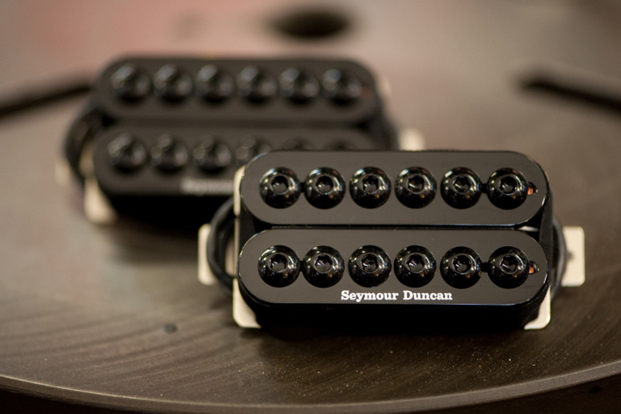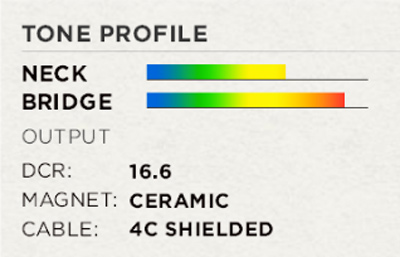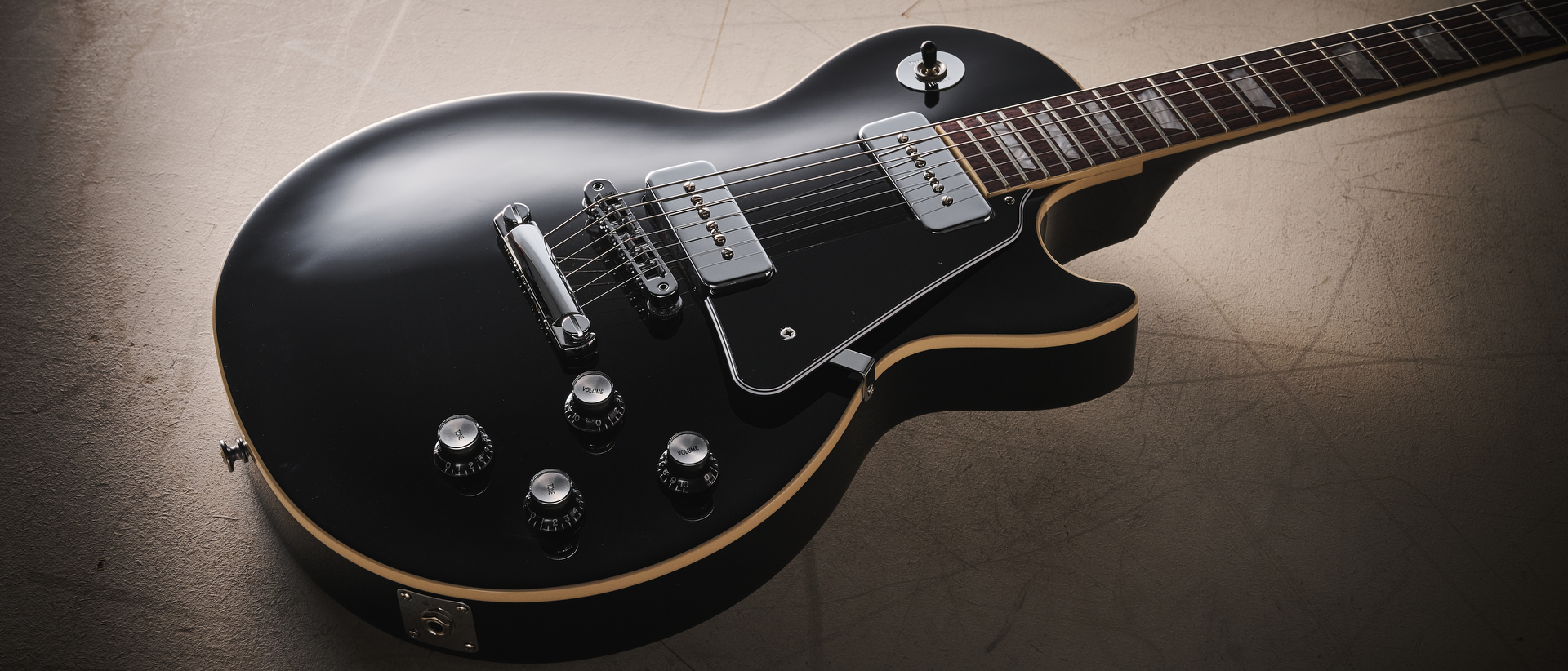Seymour Duncan Invader review

I’ve owned a PRS CE 24 (2005 version) for a long time and never had a bad experience with the pickups. They sounded great, didn’t buzz and had plenty of strong resonance in every circumstance I introduced them to.
Yes, they were a stock PRS job, but most PRS pickups are, even on the more expensive models. They make good pickups that don’t typically need to be changed. Adding the word “stock” to PRS products doesn’t have the same negative connotations it would in a lot of other brands.
So you can imagine I had a little bit of nervousness when I decided to replace them with the Seymour Duncan Invader pickup set.
Going into this project, I thought the difference would be subtle. I figured it would be an apples-and-oranges type of thing, while hoping the high output (particularly from the bridge pickup) and added crunch from the Invaders would give my PRS that extra push and perhaps a little more “edginess.”
What I got was far more noticeable and significant. In this Seymour Duncan Invader review, I’ll cover all the gory details.
Gear I Used for the Seymour Duncan Invader Review
• PRS CE 24 (2005)
• Elixir Strings
• Line 6 DL4 Delay
• Pigtronix Echolution 2 Ultra Pro
• Line 6 Spider IV Modeling Amp
• Vox AC15C1 Amp
All the latest guitar news, interviews, lessons, reviews, deals and more, direct to your inbox!
The Tonal Impact of the Invader Pickups
Far from what I would consider a subtle boost, the Invader pickup set completely transformed the tone of my guitar. There’s a distinct richness and crunchiness to the treble end, responding well to pick dynamics and small scrapes. This gives off a uniquely pleasing resonance amidst clean tones, especially with a delay effect added, similar to what you hear The Edge (David Evans) pull off on many of U2’s tracks.
I used the Line 6 DL4 delay as well as the Pigtronix Echolution 2 Ultra Pro. Both sounded crisp and well-defined, even with a lot of repeats dialed in. Despite it being a fairly popular metal pickup, I found the clean tones to be every bit as functional and satisfying as the distorted signal.
The high output of the Invader pickups, particularly at the bridge, made it noticeably brighter than what I was expecting. Though it wasn’t too shrill or high-pitched. In most cases I found myself turning the tone knob back to balance things out, but once I did that it felt like I was getting a really broad frequency range. It was the best of both worlds on the high and low EQ spectrum.
Bass-Friendly EQ
The lower notes sound thick but with a tremendous amount of definition. Even the larger frets on the fifth and sixth strings (tuned to drop D in most cases) sounded almost like tapping on a thin sheet of glass with your guitar pick. It was thick and gave off a nice thud but, you could also really hear the music in every note. Even with the neck pickup selected (which is still pretty hot on the tone profile) and the tone knob cut back to 60% or so, the definition of each note was clearly perceivable and pleasing.

ABOVE: Tone profile of the Invader pickups. Image via Seymour Duncan.
Adding Distortion
While it exceeded expectations going through my amp’s clean channel, it was easy to tell that the pickups were made to handle high gain levels. Going through distorted channels in both the solid state Line 6 and the tube-powered VOX, there was a lot more sustain and power, particularly noticeable when playing through power chords and heavy progressions. Held chords rang thick for upwards of 12 seconds and palm-muted notes gave off a resonant and satisfying thud.
While higher notes had a nice, searing quality to them, I didn’t think they were quite as satisfying as the pickups’ performance on the rhythm side. Then again, I’m more of a rhythm player, so there’s some bias to be considered.
Further, ceramic magnets tend to favor the low end of the EQ, which I think is definitely the case with the Invader set, at least when using the neck pickup. The bridge pickup (on its own) handled lead melodies and higher notes with a little more aggression.
Ceramic pickups and installation
One of the reasons I like the Invader set is because they use ceramic magnets, which I’ve always preferred over alnicos. To me they just sound better, offering a depth and clearness that I’ve felt are missing with other magnets. It’s a preference for me but, one that I think is worth noting when you’re considering the value of the Invader’s features. For what it sets out to do (clear tone with a lot of thickness for heavier playing) the ceramic magnets are a perfect fit.
Installation was tricky since my older PRS handles coil splitting a little differently, which is then further complicated with the five-way switch. I’d recommend a guitar with a three-way pickup selector, just for simplicity’s sake, especially if you’re going to DIY the installation.
But other than a slightly complex installation, there’s nothing negative to say about the Seymour Duncan Invader pickups. The set is an ideal fit for the modern rocker, metal enthusiast and can even be a significant upgrade for those who spend most of their time playing through a clean signal.
Bobby is the founder of Guitar Chalk, and responsible for developing most of its content. He has worked with leading guitar industry companies including Sweetwater, Ultimate Guitar, Seymour Duncan, PRS, and many others.

